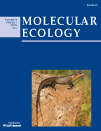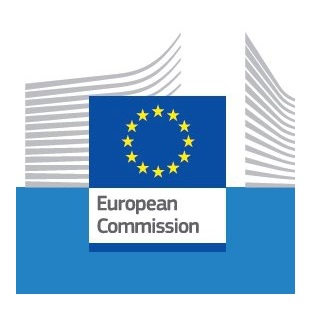 Our latest microplastic research was included in the Science for Environment Policy news alert published by the European Commission’s DG Environment. This news alert summarises scientific studies carefully selected for quality and European policy relevance. Our research selected for publication in the news alert was the recently published paper on microplastics in two key marine species: mussels and lugworms.
Our latest microplastic research was included in the Science for Environment Policy news alert published by the European Commission’s DG Environment. This news alert summarises scientific studies carefully selected for quality and European policy relevance. Our research selected for publication in the news alert was the recently published paper on microplastics in two key marine species: mussels and lugworms.
News
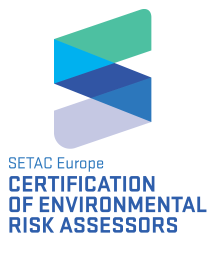 Yesterday, prof. Karel De Schamphelaere presented the launch of the SETAC Europe Certification of Environmental Risk Assessors at the opening ceremony of the SETAC Conference in Barcelona. This program aims to harmonize and further strengthen science in environmental risk assessment by continuous education, training and by certification of risk assessors who show to have a broad multidisciplinary competence portfolio.
Yesterday, prof. Karel De Schamphelaere presented the launch of the SETAC Europe Certification of Environmental Risk Assessors at the opening ceremony of the SETAC Conference in Barcelona. This program aims to harmonize and further strengthen science in environmental risk assessment by continuous education, training and by certification of risk assessors who show to have a broad multidisciplinary competence portfolio.
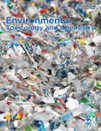 In the European Union and the United States, two differently structured bioavailability models are used in risk assessments of copper. These models, the biotic ligand models (BLM), are valuable tools based on the concept that toxicity depends on the concentration of metal bound to a biological binding site; the biotic ligand. The application of these different BLMs implies that a discrepancy exists between regulation of aquatic toxicity in the U.S. and the E.U. In this study we evaluated the capacity of these BLMs to predict chronic copper toxicity to two water flea clones (Daphnia magna). We found that one BLM performed best with one clone, while the other BLM performed best with the other clone.
In the European Union and the United States, two differently structured bioavailability models are used in risk assessments of copper. These models, the biotic ligand models (BLM), are valuable tools based on the concept that toxicity depends on the concentration of metal bound to a biological binding site; the biotic ligand. The application of these different BLMs implies that a discrepancy exists between regulation of aquatic toxicity in the U.S. and the E.U. In this study we evaluated the capacity of these BLMs to predict chronic copper toxicity to two water flea clones (Daphnia magna). We found that one BLM performed best with one clone, while the other BLM performed best with the other clone.
 Next week, 10 GhEnToxLab members will be presenting their research at the 25th SETAC Europe Annual Meeting in Barcelona, Spain from 3-7 May 2015. There we will highlight our research in a total of four platforms, one poster corner and 8 posters. To keep track of us during the conference, a comprehensive list of our activities is provided below.
Next week, 10 GhEnToxLab members will be presenting their research at the 25th SETAC Europe Annual Meeting in Barcelona, Spain from 3-7 May 2015. There we will highlight our research in a total of four platforms, one poster corner and 8 posters. To keep track of us during the conference, a comprehensive list of our activities is provided below.
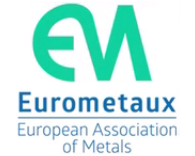 Eurometaux, the European non-ferrous metals association, and Arche Consulting produced a video on the Environmental Quality Standards (EQS) for metals. The EQS are essential to protect and sustain a good ecological and chemical quality of European surface waters. This deals within the objective of the water framework directive. Our lab collaborated in this production and a few lab members can be seen in the video.
Eurometaux, the European non-ferrous metals association, and Arche Consulting produced a video on the Environmental Quality Standards (EQS) for metals. The EQS are essential to protect and sustain a good ecological and chemical quality of European surface waters. This deals within the objective of the water framework directive. Our lab collaborated in this production and a few lab members can be seen in the video.
Click here to see the movie.
Over the last decade, scientific technologies have improved significantly. While it took more than ten years and about 3 billion dollars to sequence the first human genome, prices for genome sequencing are currently plummeting. Now, you can even send your own DNA sample to commercial compagnies for about 100 dollars and learn about your genetic ancestry. Yet, despite this massive amount of data generated, we still cannot understand what the majority of that DNA is doing. Which genes are causing diseases? Which genes are responding to toxicants?
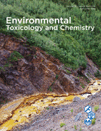 Species interactions are often overlooked when assessing the ecological impact of chemicals. However, they can greatly influence the way a population is affected by a chemical, either increasing or decreasing a chemical’s effects. In this publication, we examined three types of species interactions – intraspecific competition, interspecific competition and predation – in Daphnia magna populations exposed to pyrene. Predation and high initial intraspecific competition were shown to interact antagonistically with pyrene exposure i.e. the effect of pyrene was less pronounced. This was attributed to differences in population structure prior to pyrene exposure and pyrene-induced reductions in predation pressure. This study is a good example of how species interactions can alter the response of a population to chemical exposure in a way that cannot be predicted from single species tests alone.
Species interactions are often overlooked when assessing the ecological impact of chemicals. However, they can greatly influence the way a population is affected by a chemical, either increasing or decreasing a chemical’s effects. In this publication, we examined three types of species interactions – intraspecific competition, interspecific competition and predation – in Daphnia magna populations exposed to pyrene. Predation and high initial intraspecific competition were shown to interact antagonistically with pyrene exposure i.e. the effect of pyrene was less pronounced. This was attributed to differences in population structure prior to pyrene exposure and pyrene-induced reductions in predation pressure. This study is a good example of how species interactions can alter the response of a population to chemical exposure in a way that cannot be predicted from single species tests alone.
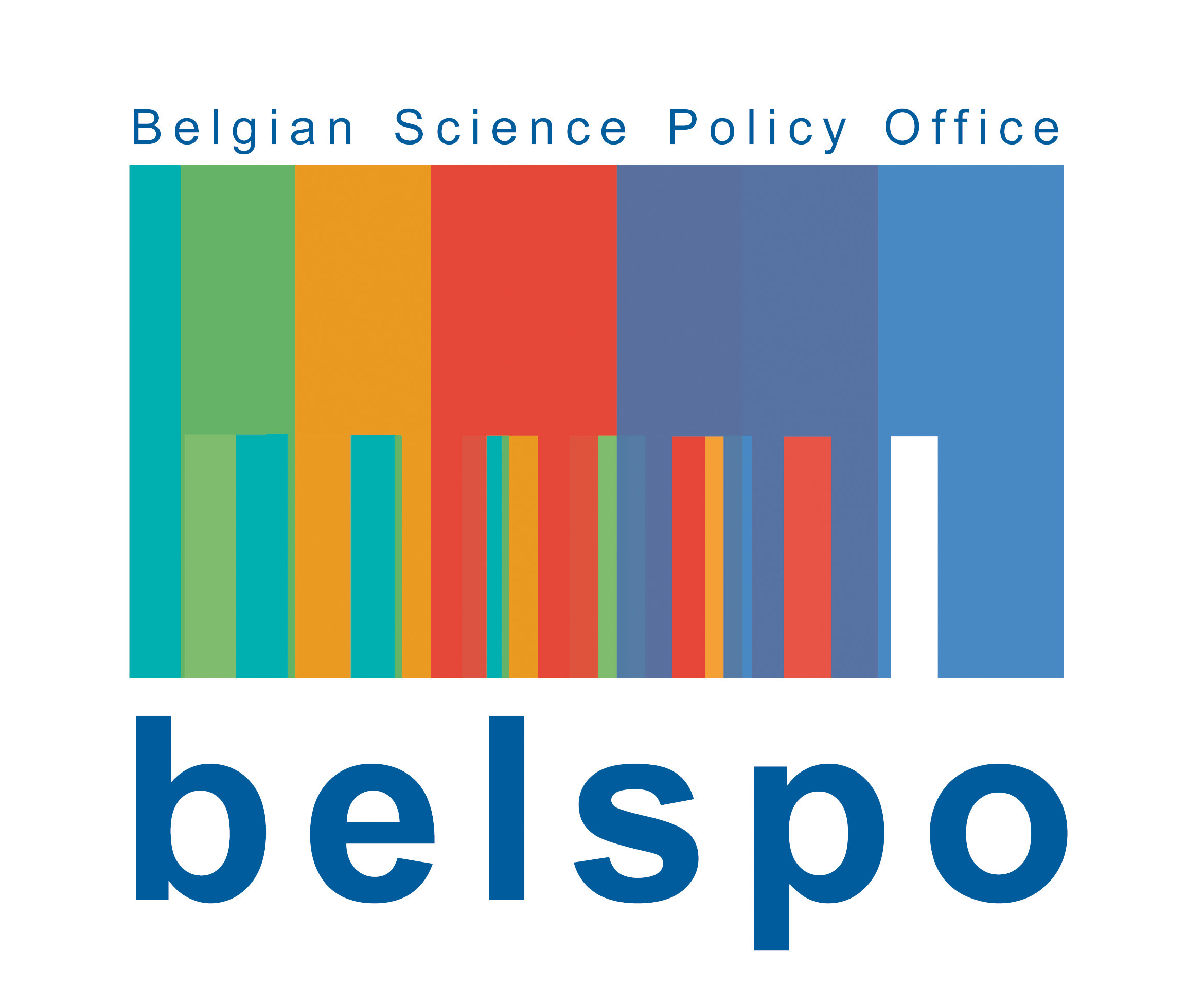 Together with multiple partner institutions, GhEnToxLab has recently been awarded a significant research grant via the BELSPO BRAIN.BE program to develop “New Strategies for monitoring and risk assessment of Hazardous chemicals in the marine Environment with Passive Samplers” (see the NEWSTHEPS website for more information). Briefly, the project aims to develop innovative approaches and novel practical techniques that address the current fundamental scientific and methodological issues related to the implementation of Good Environmental Status (GES) of the Marine Strategy Framework Directive in national and European waters.
Together with multiple partner institutions, GhEnToxLab has recently been awarded a significant research grant via the BELSPO BRAIN.BE program to develop “New Strategies for monitoring and risk assessment of Hazardous chemicals in the marine Environment with Passive Samplers” (see the NEWSTHEPS website for more information). Briefly, the project aims to develop innovative approaches and novel practical techniques that address the current fundamental scientific and methodological issues related to the implementation of Good Environmental Status (GES) of the Marine Strategy Framework Directive in national and European waters.
 Last February, Prof. Janssen together with eleven Ph.D. lab members and 2 M.Sc. thesis students participated in the 15th edition of the Flanders Marine Institute (VLIZ) Young Marine Scientists’ day. In this event, which was attended by 347 ‘young’ scientists’, our colleagues Lisbeth Van Cauwenberghe and Maarten De Rijcke were selected (out of 130 applicants) to give a pitch presentation. Lisbeth confronted the audience with her new results on man’s daily contribution to the marine microplastic problem and Maarten presented his research on the combined effects of temperature and nutrient load on the development of harmful algal blooms.
Last February, Prof. Janssen together with eleven Ph.D. lab members and 2 M.Sc. thesis students participated in the 15th edition of the Flanders Marine Institute (VLIZ) Young Marine Scientists’ day. In this event, which was attended by 347 ‘young’ scientists’, our colleagues Lisbeth Van Cauwenberghe and Maarten De Rijcke were selected (out of 130 applicants) to give a pitch presentation. Lisbeth confronted the audience with her new results on man’s daily contribution to the marine microplastic problem and Maarten presented his research on the combined effects of temperature and nutrient load on the development of harmful algal blooms.
 We investigated the effects of a binary Ni-Zn mixture on chronic reproductive toxicity to the water flea Daphnia magna. The results suggested that the type of interactive effect is dependent on the effect size at which Ni and Zn are combined in the mixture. Weak antagonistic or non-interactive effects occurred in the mixture treatments where each of the individual metals produced insignificant or only weak adverse effects on their own. Conversely, synergistic mixture effects, i.e., stronger effects than expected, only occurred when at least one of both metals in the mixture caused a greater than 20% effect on reproduction. Since low effect sizes are the most relevant ones in most regulatory frameworks, our data suggest that the CA and IA mixture toxicity models can both serve as conservative models for predicting effects of Ni-Zn mixtures.
We investigated the effects of a binary Ni-Zn mixture on chronic reproductive toxicity to the water flea Daphnia magna. The results suggested that the type of interactive effect is dependent on the effect size at which Ni and Zn are combined in the mixture. Weak antagonistic or non-interactive effects occurred in the mixture treatments where each of the individual metals produced insignificant or only weak adverse effects on their own. Conversely, synergistic mixture effects, i.e., stronger effects than expected, only occurred when at least one of both metals in the mixture caused a greater than 20% effect on reproduction. Since low effect sizes are the most relevant ones in most regulatory frameworks, our data suggest that the CA and IA mixture toxicity models can both serve as conservative models for predicting effects of Ni-Zn mixtures.

